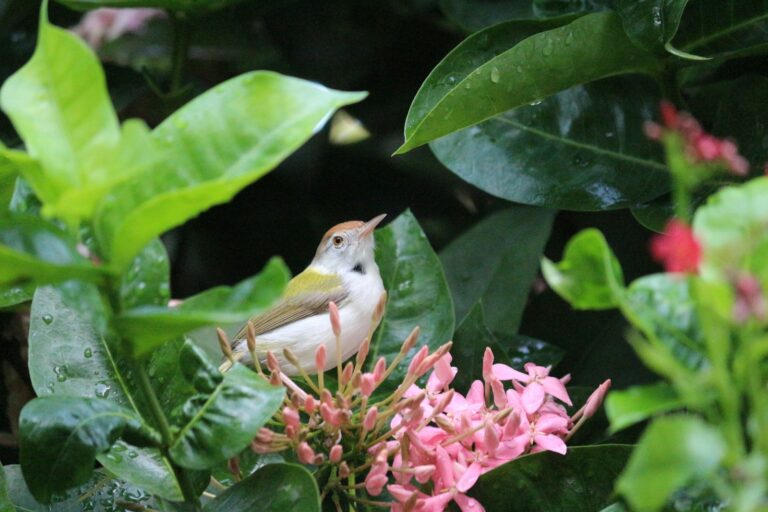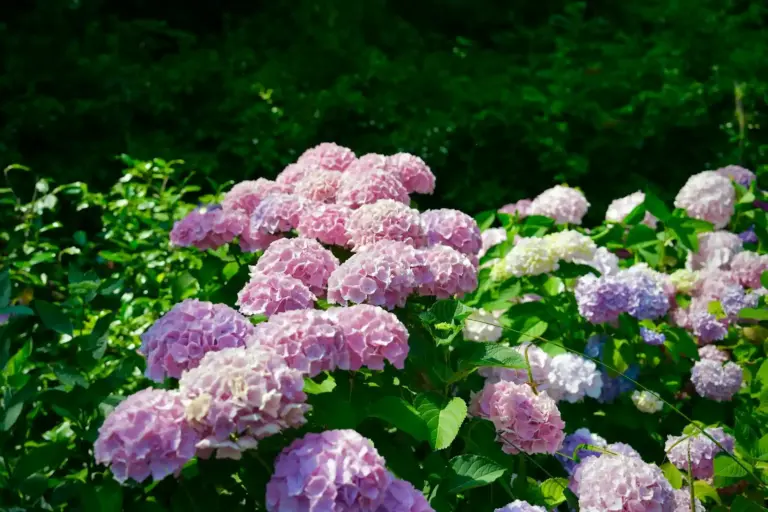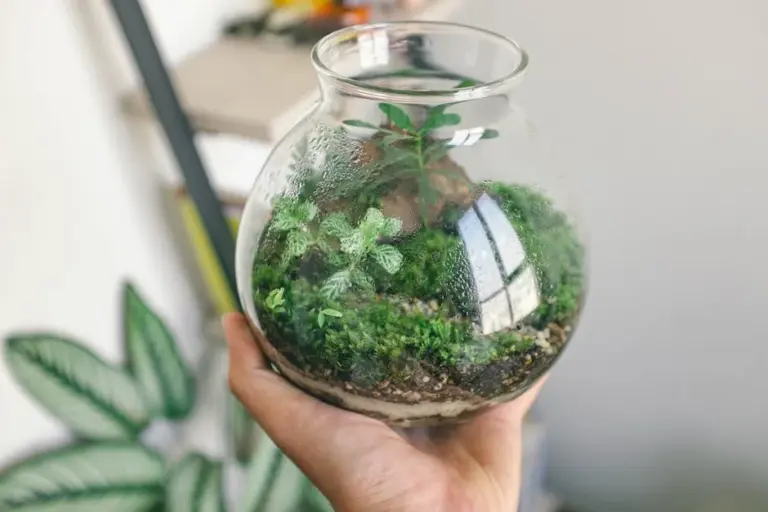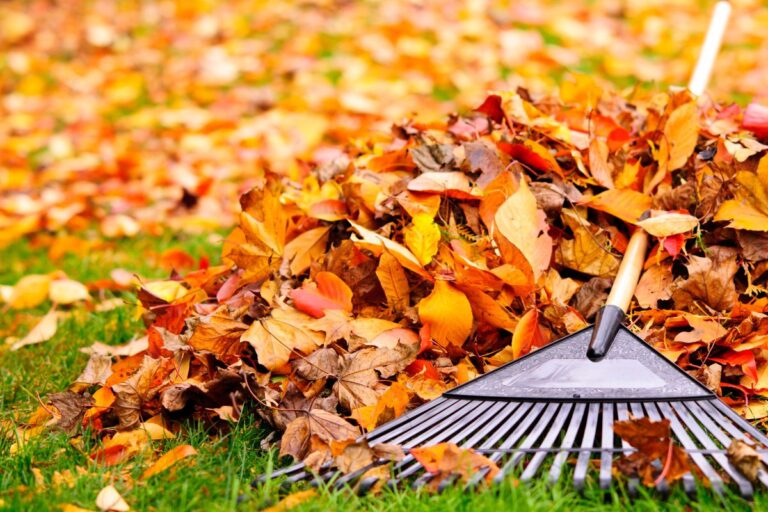Quick Fall Garden Dos and Don’ts Every Homeowner Should Know Before Winter Arrives
Fall may feel like the winding-down season for gardening, but what you do now will determine how healthy, colorful and productive your yard looks next spring. From pruning to planting, autumn is filled with opportunities, and a few common mistakes. Here are the key fall gardening dos and don’ts that experts recommend.
Do: Clean Up Fallen Leaves
A thin layer of leaves can be mulched into the lawn, but a heavy, wet mat can encourage mold and smother grass. Rake regularly, compost what you can and keep the lawn surface breathable. Your grass will reward you in spring.
Don’t: Over Clean the Garden Beds
It is tempting to cut everything down, but leaving some seed heads, stems and natural debris provides winter shelter for beneficial insects. Birds also feed on leftover seeds during cold months, supporting your local ecosystem.
Do: Plant Spring Bulbs Now
Tulips, daffodils, crocus and hyacinths all benefit from fall planting. The soil is cool and moist, giving roots time to establish before winter. Next April, you will be glad you planned ahead.
Don’t: Prune Certain Shrubs Too Aggressively
Many flowering shrubs form next year’s buds in late summer and fall. Heavy pruning now can remove next year’s blooms. Wait until late winter or early spring for most pruning tasks, unless you are removing damaged branches.
Do: Divide Perennials
Crowded perennials such as hostas, daylilies and peonies can be divided now. This refreshes root health and gives you new plants for free. Replant divisions with fresh soil and water them well before the ground freezes.
Don’t: Forget to Water Before Frost
Cool weather tricks homeowners into thinking their plants do not need water. But autumn rainfall often drops off. Give trees, shrubs and perennials a deep soak before the ground freezes to help them survive winter stress.
Do: Mulch Garden Beds
A layer of fall mulch helps regulate soil temperature and protects fragile roots. It also reduces weed growth and locks in moisture. Focus on newly planted trees, shrubs and perennials.
Don’t: Fertilize Late-Season Flowers
Late nitrogen encourages fresh, soft growth that can be damaged by frost. Let your garden naturally slow down. Save fertilizer for early spring when plants are waking back up.
Do: Protect Delicate Plants
Tender shrubs, roses and young trees benefit from burlap wraps or windbreaks in colder regions. Strong winter winds can dry out bark and damage stems. A little protection now prevents expensive replacements later.
Don’t: Ignore Pests
Some insects overwinter in fallen leaves or soil. If you struggled with pests this year, clean up the area around the affected plants. Removing diseased debris breaks the cycle before spring returns.
Do: Compost Responsibly
Healthy leaves, grass clippings and dead annuals can go into your compost pile. Avoid adding diseased plant material, seeds or invasive weeds. Proper composting enriches your soil long-term.
Don’t: Leave Annuals in Place
Annual flowers will not return after frost. Removing them early reduces disease risk and opens space for bulbs or fall decor. You can also dry certain blooms for indoor arrangements.







